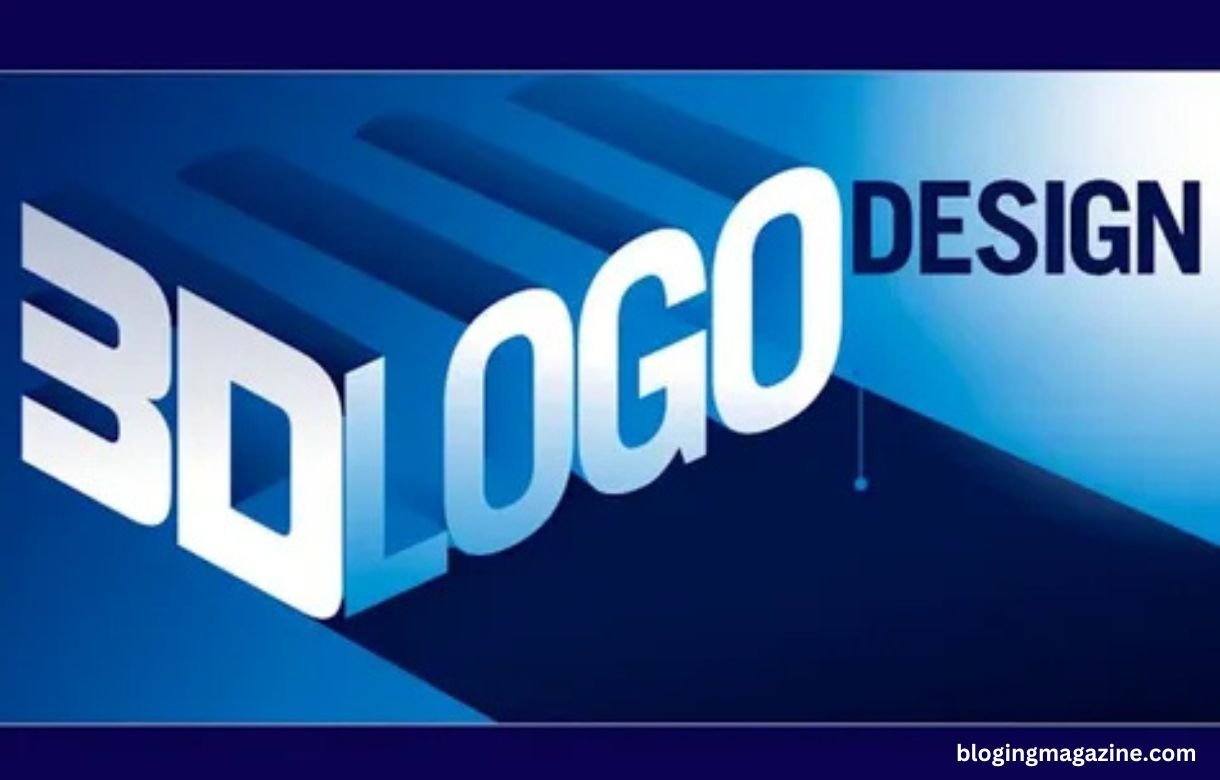A professional logo is an essential component of any successful business. It establishes brand identity, builds trust, and leaves a lasting impression on customers. A well-designed logo can differentiate your business from competitors and convey the right message to your target audience. Below, we outline the step-by-step process to create a professional logo for your business.
Table of Contents
Toggle1. Define Your Brand Identity
Before designing a logo, it is crucial to understand your brand identity. Ask yourself the following questions:
- What are your brand’s core values?
- Who is your target audience?
What is your unique selling proposition?
A well-defined brand identity helps ensure that your logo aligns with your business objectives and appeals to your customers.
2. Research Your Competitors
Analyzing competitors’ logos provides insights into industry trends and helps you create a unique design. Look for:
- Common color schemes and typography used in your niche.
- Symbols or elements that frequently appear in competitor logos.
- Ways to differentiate your logo while staying relevant to your industry.
3. Choose the Right Logo Type
There are several types of logos, each suited to different branding strategies:
- Wordmark (Logotype): Uses only text, like Coca-Cola.
- Lettermark (Monogram): Uses initials, like IBM.
- Pictorial Mark: Uses an image or symbol, like Apple.
- Abstract Mark: Uses geometric shapes, like Nike’s swoosh.
- Mascot Logo: Features a character, like KFC’s Colonel Sanders.
- Combination Mark: Combines text and an icon, like Adidas.
- Emblem: Uses text inside a symbol, like Harley-Davidson.
Choose a logo type that best represents your business identity and vision.
4. Select the Right Colors
Colors evoke emotions and play a critical role in branding. Consider the psychology behind colors:
- Red: Energy, passion, excitement (Coca-Cola, YouTube)
- Blue: Trust, professionalism, reliability (Facebook, IBM)
- Green: Growth, nature, health (Starbucks, Whole Foods)
- Yellow: Optimism, warmth, friendliness (McDonald’s, Snapchat)
- Black & White: Elegance, simplicity, sophistication (Nike, Apple)
Choose a color palette that aligns with your brand values and appeals to your audience.
Also Read: The Power of Business Cards: Crafting Your Brand’s First Impression
5. Pick the Right Font
Typography is a crucial element of logo design. Some common font styles include:
- Serif Fonts: Traditional, trustworthy, and professional (Times New Roman)
- Sans-serif Fonts: Modern, clean, and minimalistic (Helvetica)
- Script Fonts: Elegant, creative, and personal (Lobster)
- Display Fonts: Unique and attention-grabbing (Impact)
Ensure that your font is readable and complements your brand personality.
6. Create a Sketch or Draft
Once you have gathered enough information, start sketching rough logo ideas. This allows you to explore different design directions without digital limitations. Consider the following:
- Keeping designs simple and recognizable.
- Experimenting with different shapes and alignments.
- Ensuring scalability and versatility of the design.
7. Design Your Logo Digitally
After sketching, transfer your ideas to a digital platform using professional logo design software such as:
- Adobe Illustrator (Industry standard for vector design)
- CorelDRAW (Advanced vector editing)
- Canva (User-friendly design tool for beginners)
- Figma (Collaborative design tool)
When designing digitally, pay attention to:
- Scalability: Your logo should look great at all sizes.
- Simplicity: Avoid excessive details that may not be visible when scaled down.
- Balance: Ensure proper alignment of elements for a visually appealing design.
8. Get Feedback and Refine Your Logo
Once you have created a few versions of your logo, gather feedback from colleagues, friends, and potential customers. Consider their input on:
- Overall appeal
- Clarity and readability
- Relevance to your brand
Use this feedback to refine and make necessary improvements.
9. Test Your Logo in Different Formats
Logo should Be Appropriate for various platforms, including
- Website and social media
- Business cards and stationery
- Marketing materials (brochures, posters, banners)
- Merchandise (t-shirts, mugs, packaging)
Test your logo in different color variations (black and white, monochrome, inverted) to ensure it remains effective in all applications.
10. Finalize and Register Your Logo
After refining your design, save your logo in multiple formats:
- Vector files (SVG, EPS, AI) for high-quality scalability.
- Raster files (PNG, JPEG, PDF) for web and print use.
- Transparent background versions for flexibility.
Consider trademarking your logo to protect your brand identity and prevent unauthorized usage.
11. Implement Your Logo Consistently
Consistency is key to building brand recognition. Use your logo consistently across all business platforms and marketing materials. Create brand guidelines that outline:
- Proper logo usage (size, placement, color variations)
- Acceptable background colors
- Clear space requirements
- Typography and color codes
This ensures a uniform brand identity and enhances professional credibility.
Explore; Top Reasons to Work with MyFastBroker.com Business Brokers
Conclusion
A professional logo is a fundamental element of a successful brand. By following these steps—defining your brand identity, researching competitors, choosing the right colors and fonts, designing a digital version, gathering feedback, and ensuring versatility—you can create a logo that leaves a lasting impact.
A well-designed logo is not just an image; it’s a powerful tool that establishes brand recognition and fosters trust with customers.
Here are five frequently asked questions (FAQs) about creating a professional logo for your business:
- Why is a professional logo important for my business?
A professional logo helps establish brand identity, build trust, and create a lasting impression on customers. It differentiates your business from competitors and enhances brand recognition across various platforms.
- What are the key elements of a good logo?
A well-designed logo should be:
- Simple – Easy to recognize and remember.
- Scalable – Looks good at all sizes.
- Relevant – Represents your brand identity.
- Timeless – Remains effective over time.
- Versatile – Works across different platforms and mediums.
- Which software can I use to design a logo?
You can use professional design software such as:
- Adobe Illustrator (Industry-standard vector design tool)
- CorelDRAW (Advanced vector editing)
- Canva (Beginner-friendly design platform)
- Figma (Collaborative design tool)
- What are the best color choices for a business logo?
The right colors depend on your brand message and industry:
- Red – Energy, passion, and excitement.
- Blue – Trust, professionalism, and reliability.
- Green – Growth, nature, and health.
- Black & White – Elegance, simplicity, and sophistication.
- How can I protect my logo from being copied?
To protect your logo design, consider:
- Trademark registration to secure legal ownership.
- Using copyright laws to prevent unauthorized use.
- Watermarking digital designs before sharing them publicly.
Would you like me to add more FAQs or refine any answers? 😊





